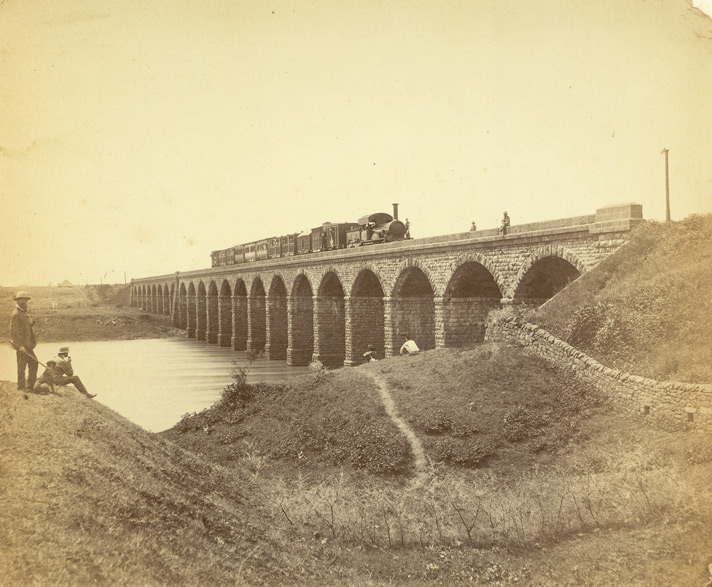
Four hundred lucky guests had signed up for a historic trip from Mumbai’s Bori Bunder to Thane in Maharashtra, on a train run by the Great Indian Peninsula Railway.
Sindh Courier Monitoring Desk
On April 16, 1853, the Indian subcontinent saw its first ever passenger train journey. Four hundred lucky guests had signed up for a historic trip from Mumbai’s Bori Bunder to Thane in Maharashtra, on a train run by the Great Indian Peninsula Railway.
Pulled by steam locomotives with fancy names—Sindh, Sultan and Sahib–the rail carriages were flagged off with wide applause and a 21-gun salute. But little did the passengers know, the chain reaction they’d be setting off with a single trip.
On April 18, the inaugural report noted with pride, “The 16th of April 1853 was, and would long continue to be one of the most memorable days, if not the most memorable day, in the annals of British India.”
“This was not the triumph of nation over nation, of race over race, of man over his fellow man. It was the triumph of mind of matter, of patience and perseverance,” the report quoted a British official at the inaugural function.
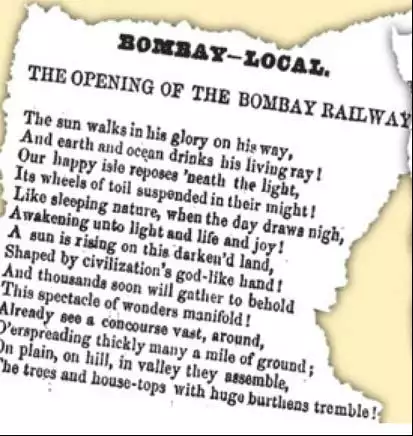
The inaugural report started with a three-stanza poem talking of the “this spectacle of wonders manifold!” vividly describing the scene. An earlier advertisement on April 8, 1853, invited passengers: “The Indian Peninsula Railway Opening For Passenger Traffic: The public are respectfully informed that on Monday 18th instant, and until further notice, trains will be dispatched daily at the hours and fares in the annexed table.”
Opening the way
The distance of first passenger train was small, a mere 34 kilometers. But once the GIPR (Great Indian Peninsula Railway) tasted success, they began to rapidly connect Mumbai to the rest of Maharashtra, to Chennai, and finally to Kolkata. New rail lines were laid over the next few decades, spreading out to Allahabad and Kanpur, Durg and Jabalpur.
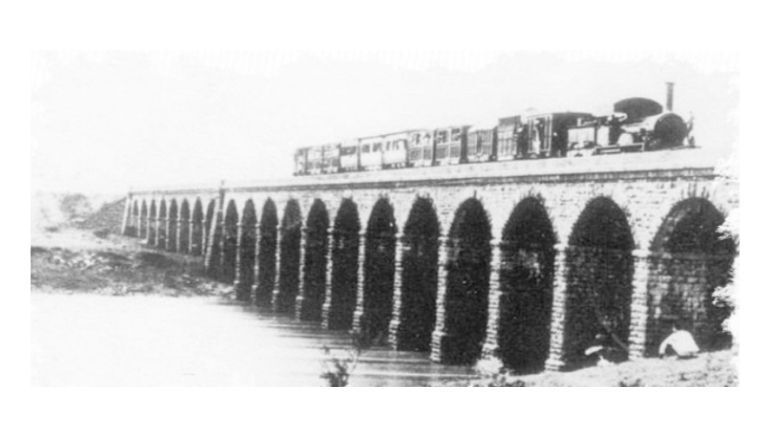 Eastern India’s first passenger train travelled from Howrah to Hooghly in 1854, while the South’s first ran from Royapuram–Veyasarapady in Chennai to Arcot in 1856.
Eastern India’s first passenger train travelled from Howrah to Hooghly in 1854, while the South’s first ran from Royapuram–Veyasarapady in Chennai to Arcot in 1856.
By 1880, a massive railway system had been formed, with a mileage of over 14,400 kilometers.
Within 50 years, there were 41,000 km of railway lines across the country, administered by 33 different railway companies, only four of which were run by the state.
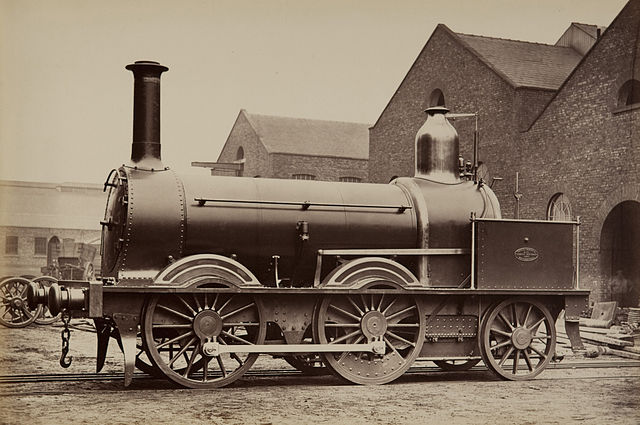
Idea of Railway System
In 1832, the idea of setting up a railway system in British India was first proposed. At that time, rail travel was still in its infancy in Britain, but the East India Company knew the benefits of developing an extensive rail network. After a long decade of inaction, private entrepreneurs were allowed to establish a rail system by Lord Hardinge, the Governor-General of India in 1844. Two companies were formed by the year 1845 namely “East Indian railway Company” and the “Great Indian Peninsula Railway”.
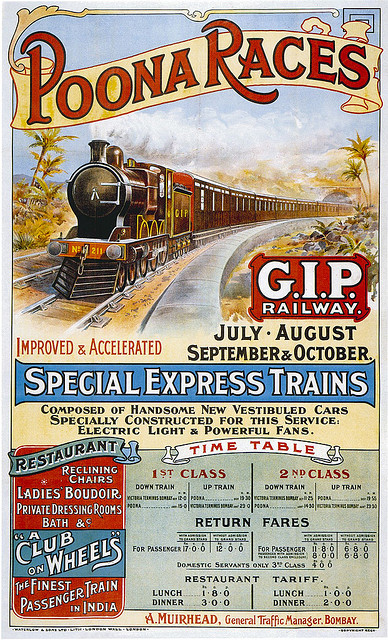
Efforts of Parsi Businessmen
As stated above, plans for a rail system in India were first put forward in 1832 and the Madras Presidency got the first experimental railway line.
In 1844, governor general Hardinge allowed private entrepreneurs to set up a rail system if they guaranteed an annual return of up to 5% in the initial years. The first passenger train was the product of efforts of Parsi businessmen Sir Jamsetjee Jejeebhoy and Nana Shankarsheth, who formed the Indian Railway Association. This eventually merged into the Great Indian Peninsula Railway. Jejeebhoy and Shankarseth were the only two Indian directors in the 10-member board.
In 1901, Railway Board was formed under the guidance of the Department of Commerce and Industry. But still, the powers were vested in the Viceroy.
Indian Railway in 21st Century
Indian Railways is the fourth-largest network in the world, spanning over 1.2 Lakh Km across the country. Mainly, three kinds of services are provided by the Indian Railway to the public including Express trains, Mail Express, and Passenger Trains. If we talk about the fare, then Passenger trains fare are the lowest and Mail Express trains are the highest. On the other hand, Express trains fare lie in the middle.
By managing an annual passenger footfall of over 8,000 million, it is Asia’s largest railway network.
________________
Source: Times of India, Scroll, Ixigo and Jagranjosh